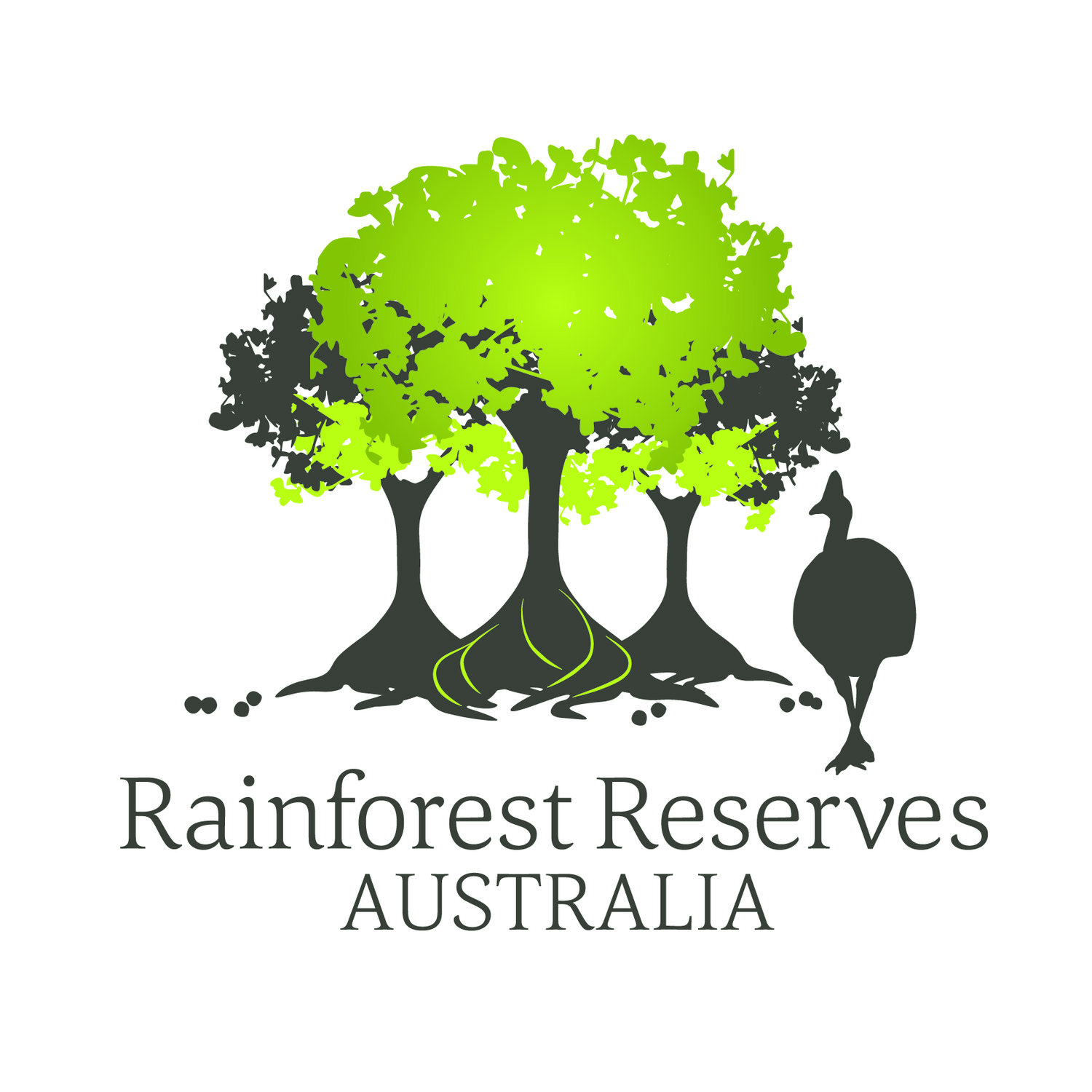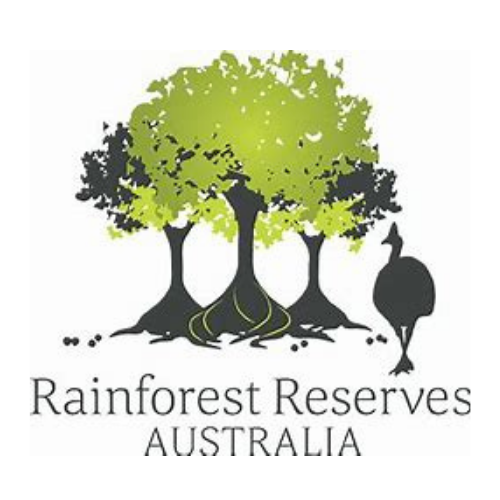
Boomer Green Energy Hub
Status: Proposed, moving through EPBC Approval Process
Proponent: Ark Energy
Website: https://arkenergy.com.au/wind/boomer-green-energy-hub/
Location: 30 km south-west of Marlborough and 70 km south of St Lawrence, Central Queensland. Address: 2319 Apis Creek Road, Mount Gardiner, Qld 4375
Project description: 145 wind turbines up to 275 metres high strewn across a vast Project Area of 8,441.1 ha.
The entire site covers a massive 52,537.2 ha and lies within 3 local government areas: Rockhampton Regional Council, Livingstone Shire Council and Central Highlands Council.
The clearing for the project will result in 1,694.1 ha of destruction.
Why do we oppose it?
Boomer Green Energy Hub is one of the larger proposed industrial scale wind energy precincts to be sited on the Great Dividing Ranges of Queensland - the scale of destruction involved in it’s construction sets it apart.
The project lies to the south of the Clarke Creek wind farm (another monstrous development that has damaged irreperably critical habitat), with Eugene State Forest and Goodedulla National Park to the north-east and south-east.
This wind project will result in the industrialisation of thousands of hectares of important, life-supporting habitat.
The wind farm consists of:
145 wind turbine generators with tip blades reaching 275 m
Infrastructure for wind turbine construction, blade laydowns and crane pads
permanent and temporary wind monitoring masts of up to 175 m height
BESS infrastructure, substations, switchyard and telecommunication towers
site offices, workshops, warehouses, staff amenities, gravel-capped roads, permanent site entries
underground power and communication cables plus medium and high voltage overhead powerlines
new fencing with grids and gates
temporary facilities including construction compounds, workers accommodation, laydown and stockpile areas and site entrances
mobile concrete batching plant and rock crushing facilities.
Who lives here?
A remarkable array of wildlife: 112 bird species, 10 mammal species, 13 microbat species, 11 reptile species and 5 amphibian species were seen onsite by contracted ecologists.
A huge variety of birdlife exists here, including owls, who are confirmed to reside in tree hollows that can take over 80 years to form. Some hollow-bearing trees are located in already-cleared areas, highlighting the fact that habitat needn’t be “pristine” in order to provide a home to a Boobook Owl or Greater Glider family.
Six nocturnal species were seen: the Eastern Barn Owl, White-throated Nightjar, Australian Owlet Nightjar, Southern Boobook Owl, and the Tawny Frogmouth. These species of raptor were seen: Wedge-Tailed Eagle, Brown Falcon, Brown Goshawk, Peregrine Falcon, Nankeen Kestrel, Whistling Kite, Black Kite.
This is such a vast site that other species are likely to exist here.
Endangered Koalas
Evidence of Koalas were found within the site. A total of 925.41 ha of Koala habitat occurs within the Disturbance Footprint, comprised of 33.92 ha of refuge habitat and 891.49 ha of general habitat.
925.41 ha of Koala habitat will be destroyed for the wind farm which may result in injury and mortality during clearing, and vehicle strike during construction and operation.
Endangered Greater Gliders (southern and central)
Greater Gliders were observed on six occasions during field surveys in spring 2022. A total of 238.18ha of Greater Glider habitat occurs in
the wind farm site, which is comprised of 59.26ha of denning habitat and 178.92ha of foraging habitat.
923.70 ha of Greater Glider habitat will be cleared, placing Greater Gliders at risk of death during habitat removal. Potential breeding sites through destruction of tree hollows.
Vulnerable White-throated Needletails
White-throated needletails were seen on the land parcel. They are well-known to die from turbine strike and are documented to have already died at Mt Emerald and Kaban wind farms. The Boomer Green Energy Hub site is different because it also contains rare roosting habitat, which will be cleared for this wind farm if approved - a travesty.
In total, 76.42 ha of roosting habitat and 1708.16 ha of foraging habitat (inclusive of roosting habitat) will be cleared. They are also likely to die from turbine strike and collisions with infrastructure. Indirect impacts include avoidance of habitat due to noise and disturbance.
Vulnerable Squatter Pigeon was recorded 17 times in the land parcel. Squatter Pigeons live in forests or sparse, open woodlands and scrub within a few kilometres of streams, rivers or other waterbodies. 898.87ha of Squatter Pigeon habitat will be cleared: 576.36ha of breeding habitat and 322.51 ha of foraging habitat. They may also be impacted by vehicle strike during construction and operation activities.
FLORA:
Black Ironbox - Black Ironbox grows along watercourses. Nine Black Ironbox individuals were documented during surveys. Direct impacts include removal of 33.92 ha of habitat, and removal of individuals (if present). Indirect impacts include changes in hydrology due to increased hard stand areas.



